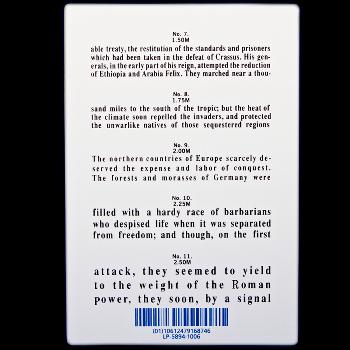The Jaeger Chart is specifically designed for testing near visual acuity. It consists of a card with paragraphs of text that vary in size, ranging from 0.37 mm to 2.5 mm. Patients are instructed to hold the card at a fixed distance from their eyes, which is contingent upon the J size they are attempting to read. The smallest print that the patient can read accurately determines their visual acuity.
The original Jaeger chart, developed in 1867, included seven paragraphs and a corresponding seven-point scale. It’s important to note that Jaeger cards are not standardized, resulting in significant variability in the actual size of the text across different charts currently in use. This variability can affect the consistency of visual acuity assessments.
Why would I need this test?
The Jaeger Vision Test is used to:
Assess near vision acuity: It determines how you can see objects up close, which is crucial for reading, sewing, or using a smartphone.
Detect common vision problems: It helps identify conditions like presbyopia (age-related loss of near vision), farsightedness (hyperopia), and other visual impairments that affect close-up vision.
Monitor changes in near vision: Regular testing can track changes in your near vision over time, helping you and your eye care professional adjust prescriptions or treatments as needed.
Verify vision correction effectiveness: It can confirm if your glasses or contact lenses for near vision are effective or if an updated prescription may be needed.
Will wearing glasses or contact lenses affect the test results?
Yes, if you wear glasses or contact lenses for near vision (e.g., reading glasses or multifocal lenses), you will typically be tested both with and without them:
Without correction: The test assesses your natural near vision acuity without aid, providing a baseline of your unaided vision.
With correction: Testing with your reading glasses or contact lenses determines how well your vision is corrected, ensuring your current prescription is accurate and effective.
Testing with correction is especially important for those who wear reading or bifocal lenses to verify that their vision is optimized for close work.
